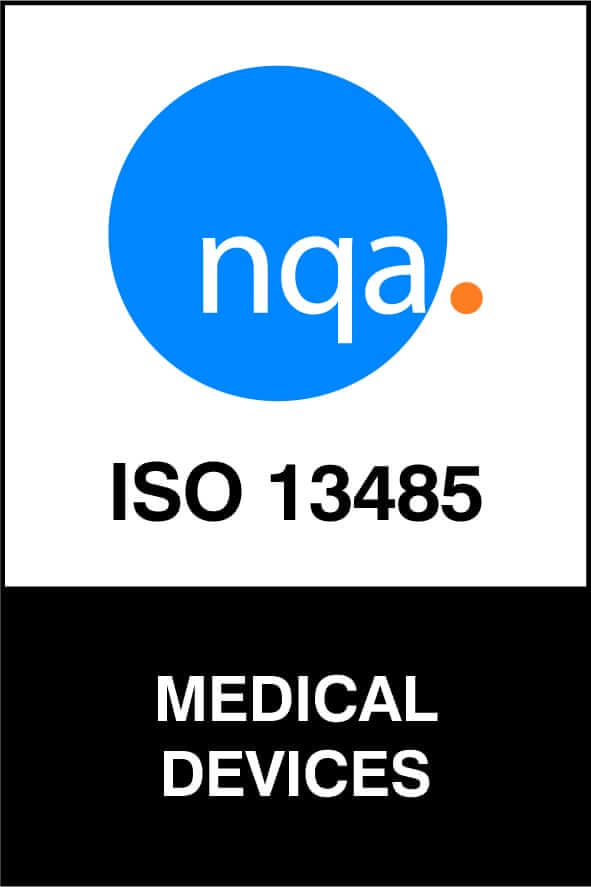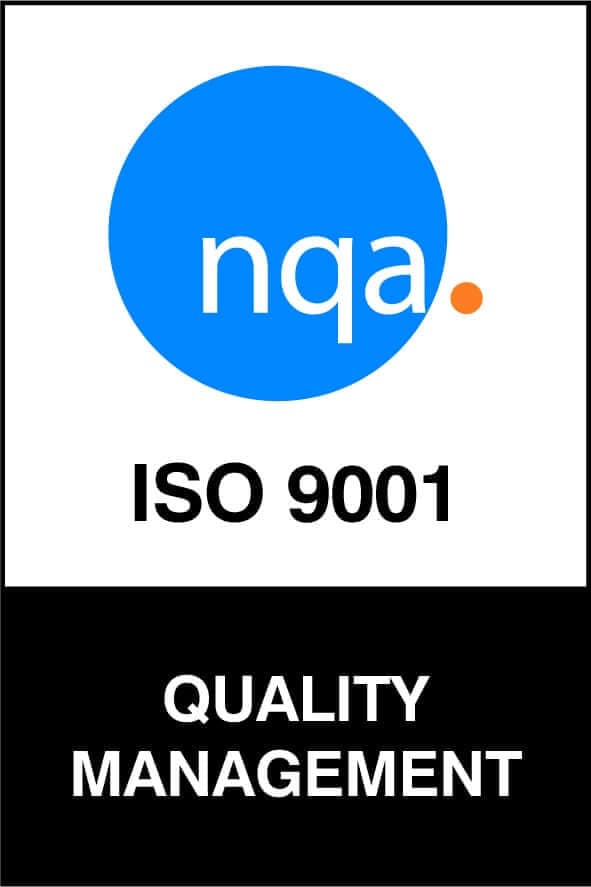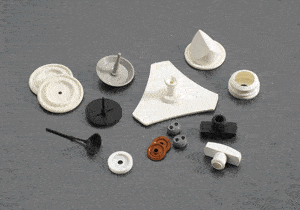JRW Produces Polyisoprene Seal to Reduce Risks in Laparoscopic Invasive Surgery
The patient benefits of minimally invasive laparoscopic surgery have proven to be extensive. The technique, which allows surgeons to perform the same procedures as in traditional open surgery, greatly reduces wound complications as well as scarring. This procedure employs small incisions as opposed to large abdominal incisions. As a result, patients enjoy increased post-operative comfort, reduced hospital stays, a quicker return to normal physical capacities, and an expedient return to work.
Recently, a leading manufacturer of balloon dissection and fixation devices used in laparoscopic procedures, found that its customers were experiencing allergic reactions to latex used in the instruments. The manufacturer needed to provide a safe and effective alternative to the existing instrument without compromising the quality of the product line.
The Challenge: Reconstructing Medical Seal For A Safer, More Effective Laparoscope
The properties of the seal of the laparoscope proved to be harmful to patients when the laparoscope was inserted into the body cavity for diagnostic purposes. The latex seal used with the laparoscope failed to maintain the proper air pressure required to complete the procedure effectively. In addition, Nitrosamines contained in the standard latex seals were often causing topical allergic reactions to exposed patients.
To address these problems, the manufacturer collaborated with Jefferson Rubber Works of Worcester, Mass. to develop an alternative to the faulty latex seals. As Nitrosamines are carcinogenic chemical compounds produced from nitrites and amines found in common latex products, Jefferson explored the possibility of utilizing a basic, latex-free material called Polyisoprene.
The Solution: Safe Tripartite Approved Polyisoprene
Jefferson worked with the manufacturer to construct a new Tripartite approved Polyisoprene seal that not only removes the harmful Nitrosamines affecting the patients, but also boasts superior physical properties when compared with the former latex composition. The new rubber makeup outperforms the former application in both durability and safety.
The outcome was a prototype that effectively eliminated the two major challenges in laparoscopic surgery: allergic reactions by the patients, and the retention of air pressure. Jefferson’s Polyisoprene composition has now passed all laboratory requirements, and has already attained approval for use in the operating room.
Results: Improved Patient Overall Experience
Jefferson’s new rubber seal has outperformed the former application in both durability and safety. The advanced sealing properties have greatly reduced the risk of blood loss on the operating table, resulting in safer treatments ranging from liver and urology surgery, to procedures concerning the appendix and abdominal wall.






